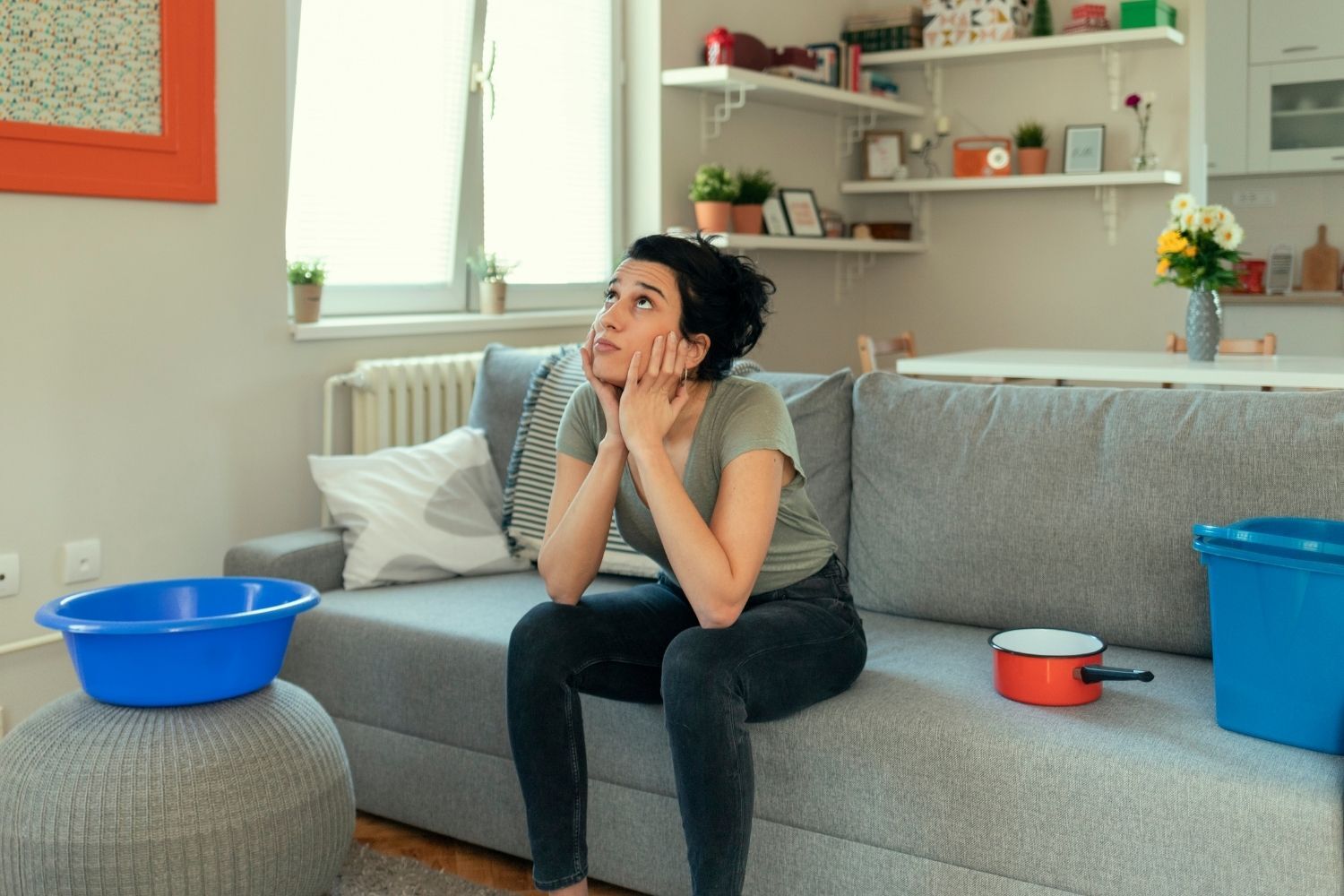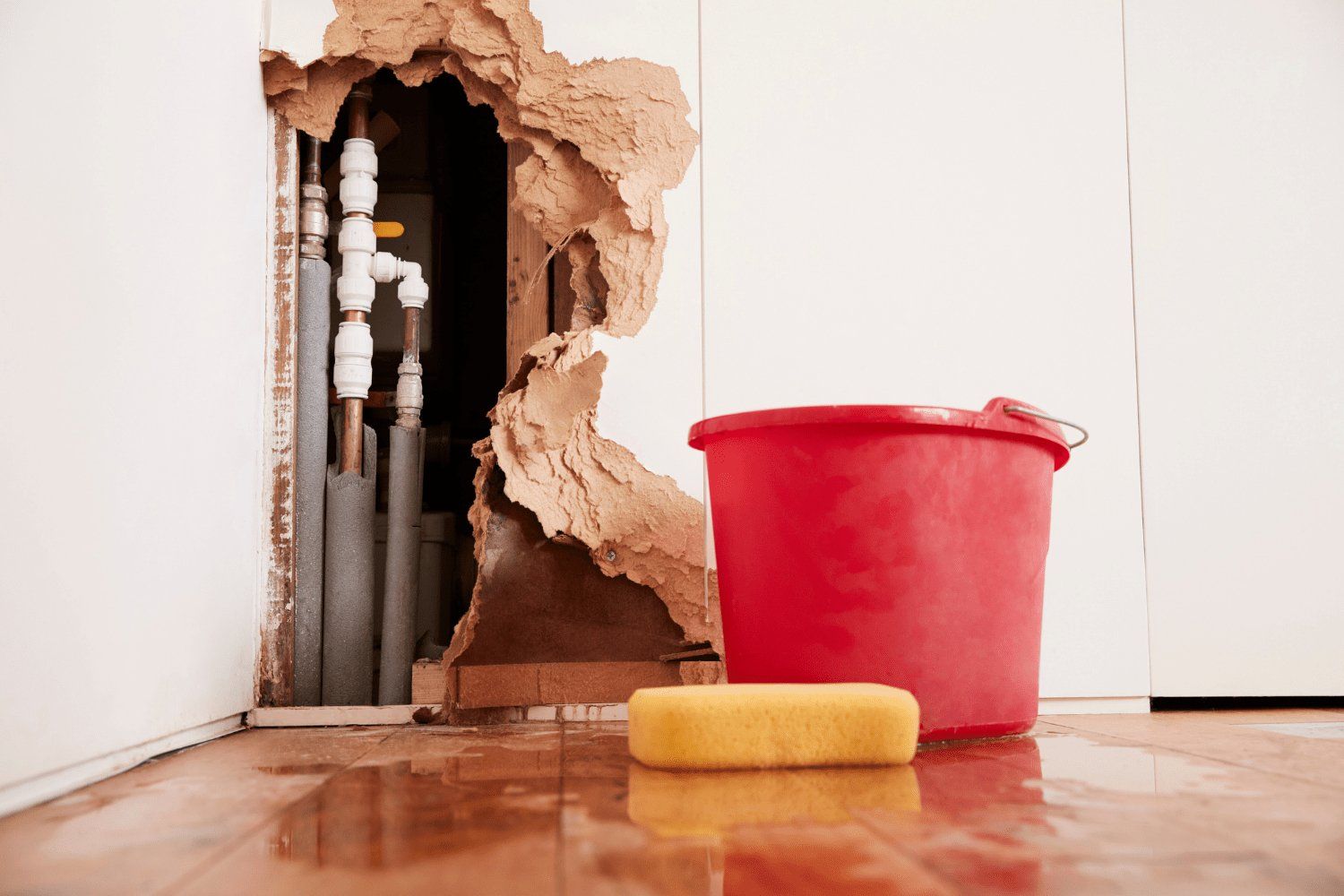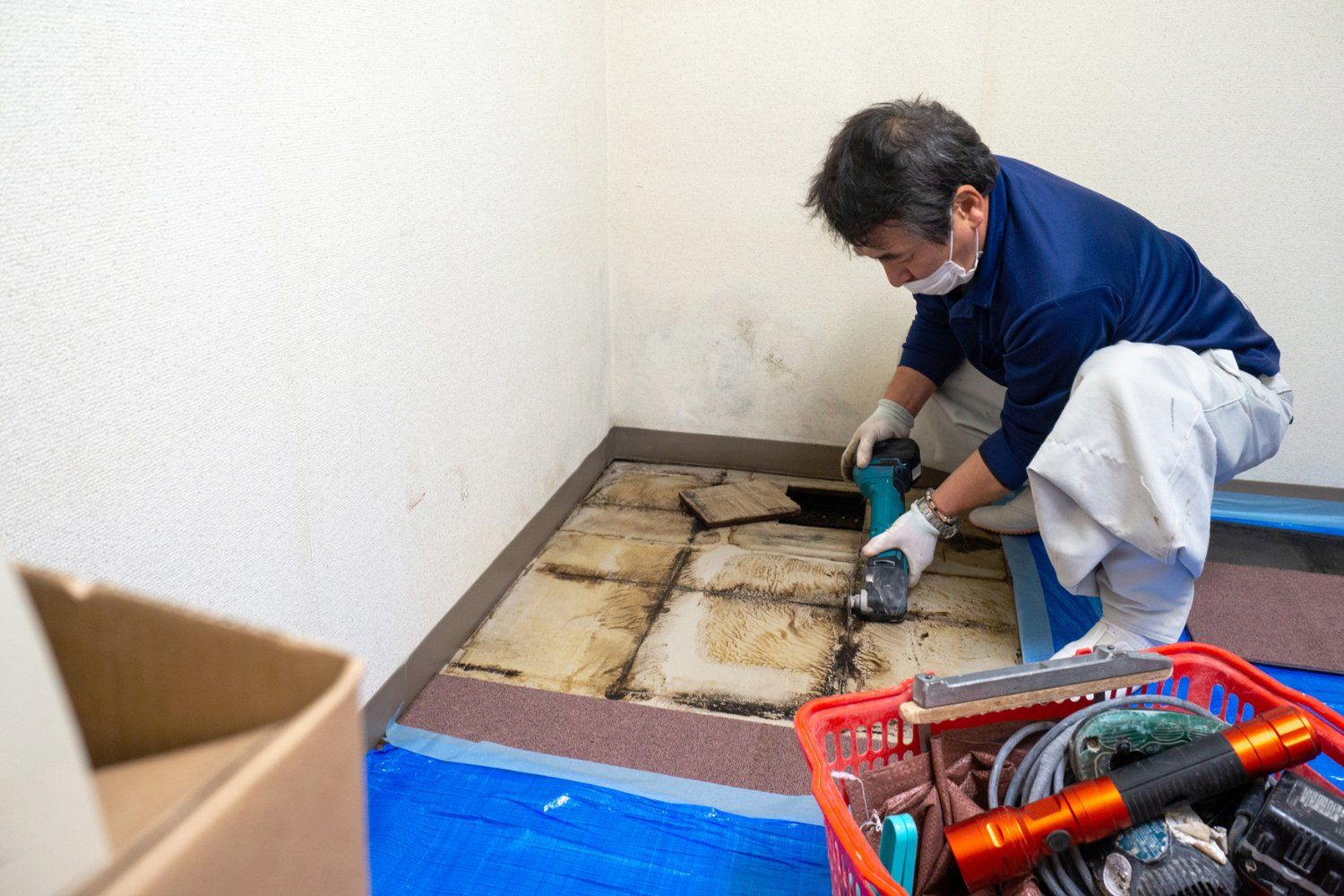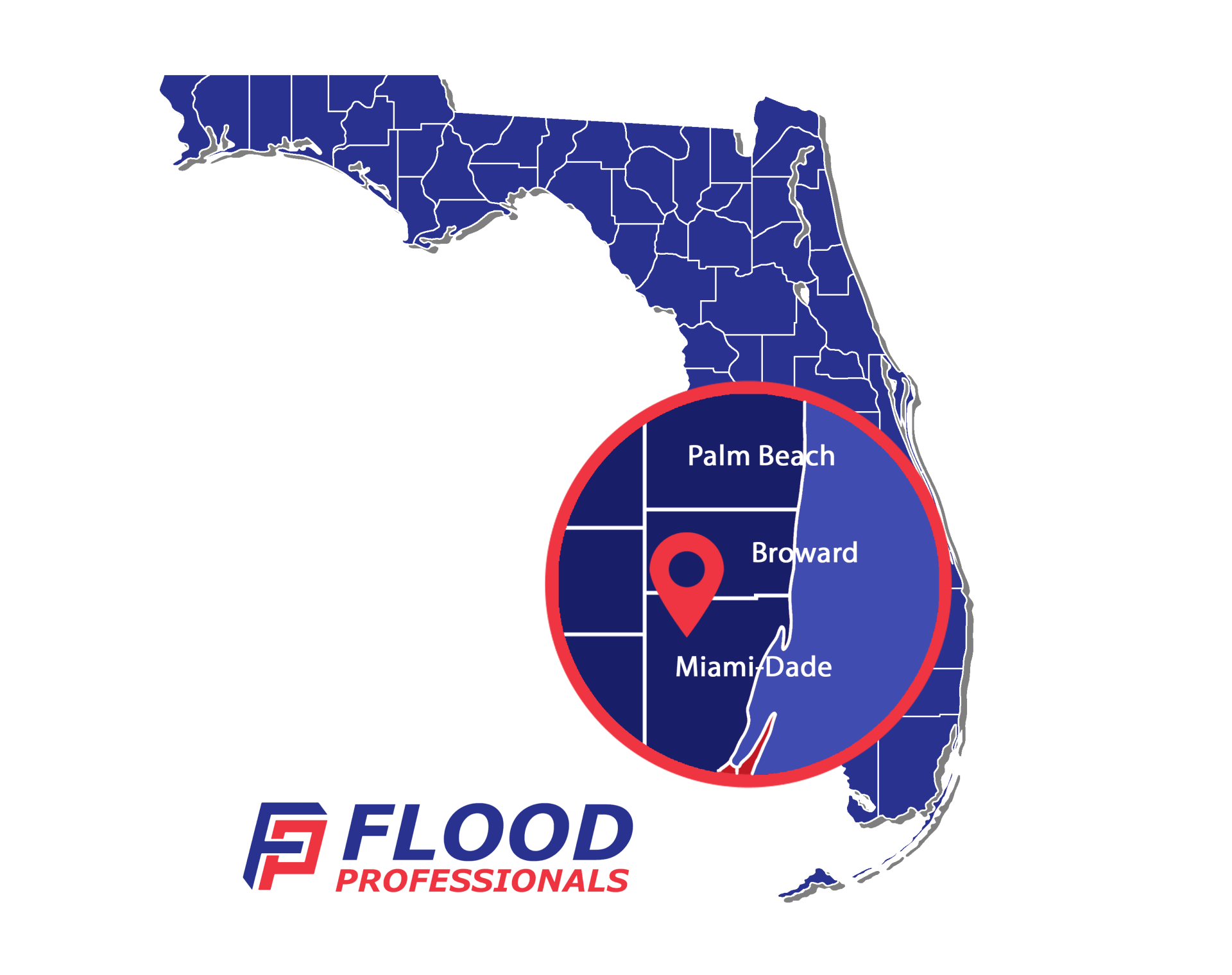Mold In Your Home: What Causes It, And Is It A Health Hazard?
Mold in your home can be a serious problem. Not only does it create an ugly appearance, but it can also cause health effects for you and your family if not treated properly. This article will provide information on what causes mold in homes, how to spot it early, and how to treat the issue when discovered.
If you are looking for more information about mold remediation contact Flood Professionals, INC. today! We offer 24/7 services in Florida and its surrounding areas.
Mold is a serious concern that homeowners should take seriously in order to keep their families safe from potential health problems. Sometimes spotting mold may seem difficult because of its colorless nature; however, there are clear signs when this occurs such as musty odors. Let's look at the varieties of mold in your home that affect your body, and how to get rid of it.
What Precisely Is Mold, And What Causes It?
Molds help to decompose plant and animal waste outside. They produce microscopic spores that float through the atmosphere as members of the fungus family. These spores can infiltrate your house through a variety of channels, including:
- Doors
- Windows
- Heating And Air Conditioning Vents
- Clothing And Shoes
- Pets
Mold spores cannot develop within unless certain conditions are met. The spores may attach to a number of surfaces, including textiles, carpet, paper, and wood. Mold loves places with a lot of dampness and little exposure, such as:
- In Sinks, Bathtubs, And Showers
- Near Leaky Pipes
- Around Windows
- In Basements, Crawl Spaces, And Attics
Mold In Your Home That You Should Be Aware Of
Multiple forms of mold can develop in the same location, and it is not always possible to distinguish the mold without examination. However, you don't have to know what type it is to get rid of it. The following are the most prevalent indoor molds:
- Cladosporium: This mold can be brown, green, or black. Cladosporium thrives in both warm and chilly environments. It is most commonly seen on wood, carpets, and textiles, as well as in heating and air conditioning systems.
- Penicillium: This fluffy mold comes in blue, green, and yellow. It is commonly detected under floorboards, in basements, and in insulation, particularly when there has been water damage.
- Aspergillus: Aspergillus is green, white, or gray in color, with black spots and a powdery appearance. This mold doesn't really require much ventilation. It grows in textiles, walls, attics, and basements, as well as on dry food.
While these molds aren't as common inside as the ones described above, they can still be found:
- Alternaria: This white fuzzy mold has black dots on it. It thrives in textiles and wallpaper, as well as nearby windows and air conditioning units, as well as in bathrooms and kitchens.
- Aureobasidium: Pink with black dots, this mold. It is most frequent on wood, drywall, caulking, and grout.
- Stachybotrys chartarum: Is a species of Stachybotrys chartarum. This greenish-black mold, sometimes known as black mold, develops on cellulose-rich materials. It's common on paper, fiberboard, and gypsum board.
- Trichoderma: This mold is creamy-white in color, but it turns green as it produces spores. It's common on wood, windows, and in bathrooms and kitchens.
What Are The Indications Of Mold?
Mold in your home begins as a little area but soon spreads. Unless it's in a remote area, you'll typically notice it right away. Mold can be black, white, speckled, or almost any other hue, and it can have a powdery, cottony, or velvety appearance.
If you discover a spot and aren't sure if it's an old stain or a splash of dirt, here's how to identify if there’s a mold in your home:
- It smells musty and earthy.
- There is a local supply of moisture, but there is little sunlight.
- You see bending, cracking, or peeling of the substance on which it is developing.
- In a matter of minutes, a dab of bleach will brighten its color.
- Mold will proliferate if left unchecked. Dirt and old stains will not be removed.
Is It Possible To Become Ill If You Have Mold In Your Home?
Mold in your home will not always make you feel sick. However, it has the potential to create some health problems.
Mold spores, when touched or inhaled, can produce allergy-like symptoms such as:
- Runny Nose And Congestion
- Eye Irritation
- Sneezing
- Coughing
- Sore Throat
- Skin Rash
- Headache
- Lung Irritation
- Wheezing
If you have any of the following conditions, you may be at an increased risk of problems such as infection:
- Allergies
- Asthma
- Chronic Obstructive Pulmonary Disorder (Copd)
- Compromised Immune System
- Cystic Fibrosis
Exposure to a high amount of mold might result in a somewhat more severe response. This sort of exposure is more likely to be caused by occupational or workplace risks than by mold in your home.
Mold Removal Approaches
In many situations, you can remove mold in your home on your own. Mold can be removed using the following methods:
- Commercial Products
- Soap And Water
- A Bleach Solution Of 8 Ounces Of Bleach Per 1 Gallon Of Water
Before you begin, consider the following:
- Open any windows.
- Wear protective eyewear, nonporous gloves, and a face mask or N-95 respirator.
- Never mix other cleaners or ammonia with bleach, as it can create toxic fumes.
Scrub mold off surfaces using a brush to ensure complete removal. Porous items, such as carpets, furniture, and ceiling tiles, may have to be replaced. Do not paint or caulk until you are certain that all mold has been removed.
Seek the services of a skilled contractor who has expertise safely removing mold if:
- There is a lot of mold or it is difficult to reach.
- You've suffered extensive water damage.
- Mold spores have a significant chance of causing symptoms in you.
How to Prevent Mold in Your Home
Mold spores are all around us and are a natural component of our environment. It is hard to completely eliminate mold, but there are steps you can do to make your house uninhabitable to mold. This entails doing the following actions:
- Repair any water leaks as soon as possible. Excess water should be removed, and fans should be used to dry the space.
- Fix leaking or sweating windows, as moisture can gather on the frame and sill.
- Using air conditioning units and dehumidifiers, you can keep the humidity in your house low. Filters should be changed on a regular basis, and air conditioners and furnaces should be serviced as needed.
- Bathrooms, laundry rooms, and basements should not be carpeted.
- Maintain proper ventilation in your home. Exhaust fans should be vented externally whenever practicable. When showering or bathing, use exhaust fans or open windows.
- Use mold-killing cleaning agents. Allow shower curtains to dry after wiping off the tiles.
- Wet towels or garments should not be piled up or left in a laundry basket or washing machine.
- Ensure that water drains away from your home.
In Conclusion
Mold in your home may not necessarily create health issues, but it should always be cleaned. Mold may wreak havoc on your house and cause discomfort to your eyes, nose, throat, and lungs. If you have a mold allergy or a persistent lung ailment such as asthma, you are more likely to experience severe symptoms and consequences.
A few home maintenance tasks might make it more difficult for mold to develop indoors. If you have mold in your home, you can remove it yourself. However, if the task is large or you have respiratory difficulties, you should hire a skilled contractor who can safely remove mold and perform the required repairs.
A Mold Remediation Company Serving Florida
Contact Flood Professionals, Inc. at 305-697-9080 today for 24 hour water damage restoration, fire damage restoration, or mold remediation along with any of our other services or get an instant quote from our website. Our mold remediation company will get to your Florida home and remove mold in your home in 30 to 60 minutes.
Learn more about Top 6 Causes of Mold in Your Home




